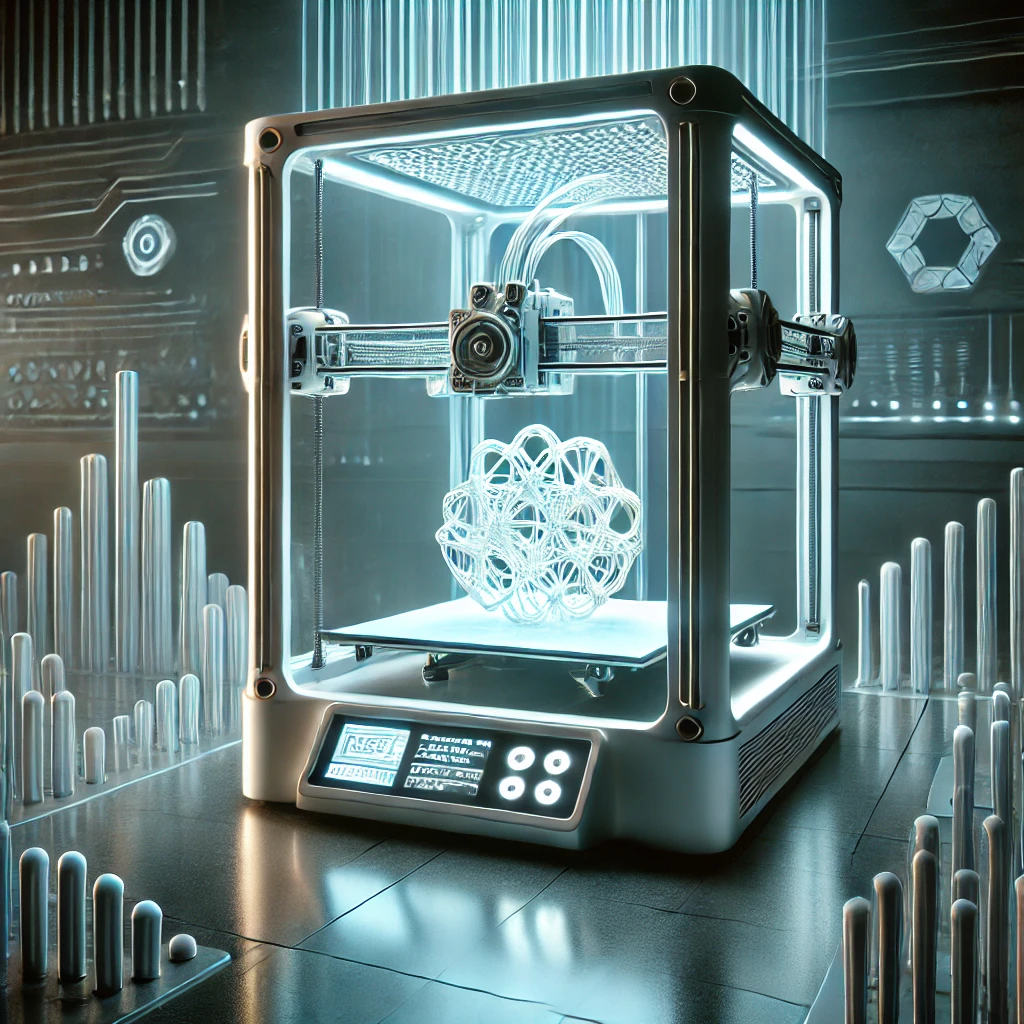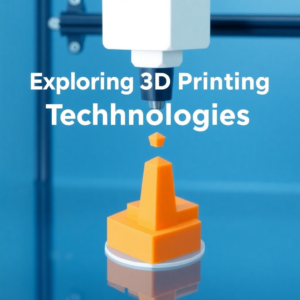What Does the Future of 3D Printing Hold?

The future of 3D printing promises a groundbreaking transformation in many industries. With rapid advancements in materials, speed, and scale, the technology is moving from prototyping to mass production, reshaping how products are made and delivered. This article delves into the latest trends and what to expect from the future of 3D printing.
The Growth of Materials for 3D Printing
In the coming years, the range of materials available for 3D printing will expand beyond plastics and metals. Advanced composites, bioprinting materials, and sustainable, eco-friendly options are expected to become mainstream. For instance, industries like aerospace and automotive are already experimenting with carbon-fiber-reinforced polymers, which are lighter and stronger than traditional materials.
Moreover, bioprinting, which uses living cells, is gaining momentum in the healthcare sector, opening the door for innovations in tissue engineering and organ replacement. Imagine 3D-printed organs tailored specifically for patients—this isn’t far from reality.
Speed and Efficiency Enhancements
As demand for 3D printing grows, manufacturers are seeking ways to improve speed and efficiency. Future developments are expected to enable machines to print objects in mere minutes instead of hours. Emerging technologies like continuous liquid interface production (CLIP) are revolutionizing the speed of production without compromising on quality.
In the future, 3D printing will integrate more deeply with AI, machine learning, and IoT. These technologies will allow machines to optimize processes autonomously, ensuring minimal waste and enhanced accuracy. Factories of the future may rely entirely on 3D printing for large-scale, complex manufacturing.
Mass Customization
The future of 3D printing opens endless possibilities for customization. In industries such as fashion, footwear, and consumer goods, mass production may shift toward mass customization. Consumers will be able to order products tailored specifically to their needs, from personalized shoe designs to custom-fit medical devices.
This flexibility will reshape retail and manufacturing, allowing companies to offer unique, on-demand products at affordable prices.
Sustainability and Eco-Friendly Manufacturing
Sustainability is a major focus for industries globally, and 3D printing is positioned to play a crucial role in reducing waste. By using only the necessary amount of material, 3D printing minimizes waste compared to traditional subtractive manufacturing. Additionally, new bioplastics and other recyclable materials will allow companies to produce environmentally responsible products.
Energy efficiency in production will improve, making 3D printing not only innovative but also green.
A New Era for Healthcare and Medicine
The healthcare industry is poised to benefit tremendously from the future of 3D printing. Custom prosthetics, dental devices, and even bioprinted organs are just the beginning. 3D printing enables the creation of personalized medical devices and implants designed to meet the unique needs of patients.
For instance, 3D-printed bone structures and joint replacements are already showing great promise. As the technology continues to evolve, we may see complex organs being printed, helping alleviate the shortage of organ donors.
The Revolution Ahead
The future of 3D printing holds tremendous promise across numerous sectors. As technology continues to advance, expect more efficient, sustainable, and customizable solutions. Whether in healthcare, automotive, or consumer products, 3D printing is set to revolutionize the way we live, work, and innovate.
Visit our other website: aibrainpowered.com




